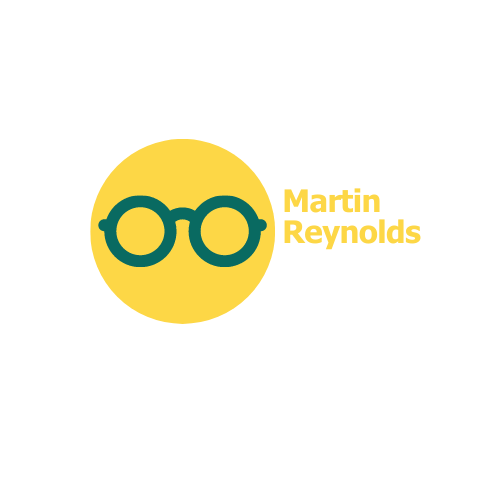Preserving Pediatric Vision: Identifying and Addressing Children’s Eye Health Issues
Introduction:
Children’s vision plays a crucial role in their overall development and academic success. Therefore, it is essential to identify and address eye health issues early on to preserve pediatric vision. This article aims to shed light on the significance of children’s eye health and provide insights into identifying and addressing common eye problems in children.
I. The Importance of Children’s Eye Health:
Children rely heavily on their vision for learning, exploring their surroundings, and developing their cognitive and physical skills. Undiagnosed or untreated eye health issues can impede their learning abilities and hinder their overall development. Moreover, early identification and intervention can prevent educational and social setbacks caused by vision problems, ensuring children reach their full potential.
II. Common Children’s Eye Health Issues:
1. Refractive Errors:
Refractive errors, such as myopia (nearsightedness), hyperopia (farsightedness), and astigmatism, are common among children. These vision problems can impact their ability to see objects clearly at varying distances. Parents and caretakers should be vigilant for signs like squinting, frequent headaches, eye rubbing, or difficulty reading. Regular eye examinations with an optometrist can help detect and correct refractive errors early on.
2. Amblyopia (Lazy Eye):
Amblyopia, or “lazy eye,” occurs when there is a significant difference in vision between the two eyes. This condition arises when the brain favors one eye over the other, leading to poor vision in the weaker eye. If left untreated, amblyopia can cause permanent vision loss. Early detection and treatment, usually through patching the stronger eye or using eye drops, can help restore vision in the weaker eye.
III. Identifying Eye Health Issues:
1. Routine Eye Examinations:
Regular eye examinations are crucial for the early detection of eye health issues in children. The American Optometric Association recommends the first eye examination at the age of 6 months, followed by another at age 3, and then yearly until age 18. These examinations help detect refractive errors, lazy eye, and other eye conditions that may be difficult to identify through visual observation alone.
2. Observing Behavioral Cues:
Parents and caretakers can be proactive in identifying potential vision problems by observing their children’s behavior. Squinting, sitting too close to screens or books, difficulty focusing, or eye rubbing may indicate a need for an eye examination. Regular communication with teachers and school nurses can also provide insights into potential vision issues affecting a child’s performance at school.
Bullet List:
– Regular eye examinations are crucial for early detection and treatment of eye health issues.
– Refractive errors, such as myopia and hyperopia, are common eye problems in children.
– Amblyopia, or “lazy eye,” can lead to permanent vision loss if left untreated.
– Observing behavioral cues, such as squinting and eye rubbing, can indicate potential vision problems.
– Parent-teacher communication is important to identify vision problems affecting a child’s performance at school.
Conclusion:
Preserving pediatric vision is of utmost importance for children’s overall development and academic success. By identifying and addressing common eye health issues in children, such as refractive errors and amblyopia, we can ensure that their vision is optimized. Regular eye examinations and close observation of behavioral cues can aid in early detection and intervention. By prioritizing children’s eye health, we can provide them with the best opportunities for a bright and successful future.
